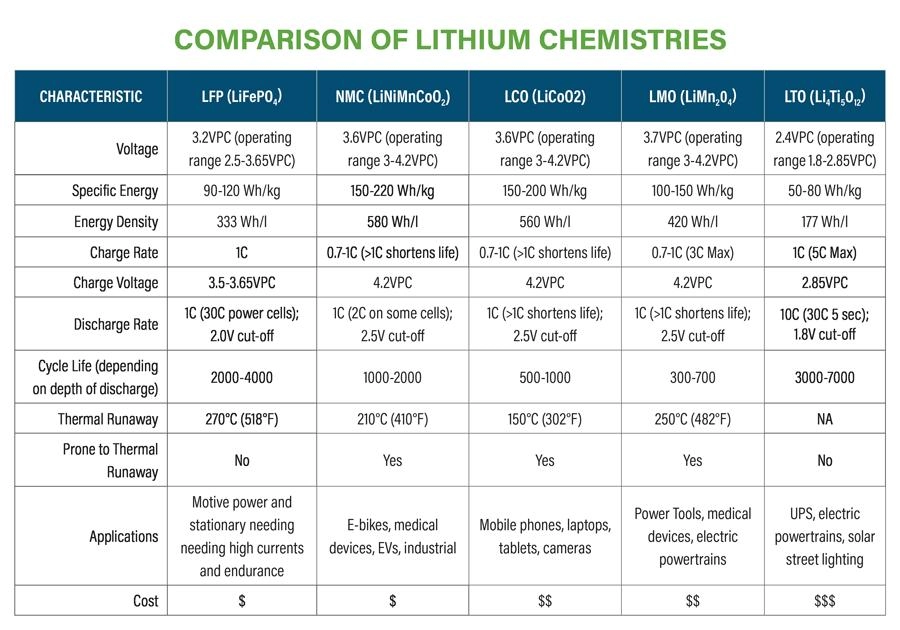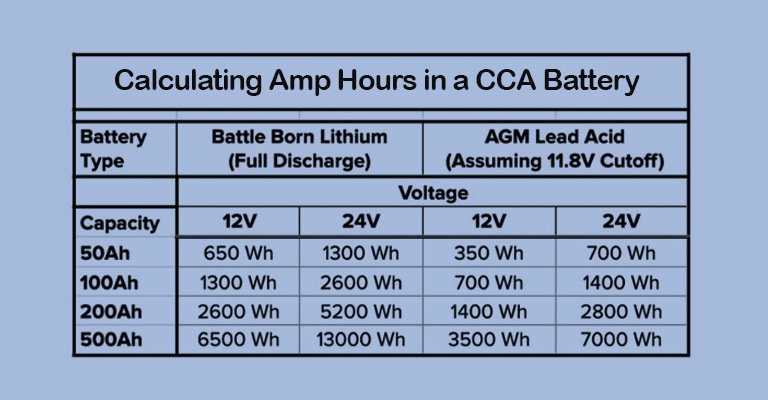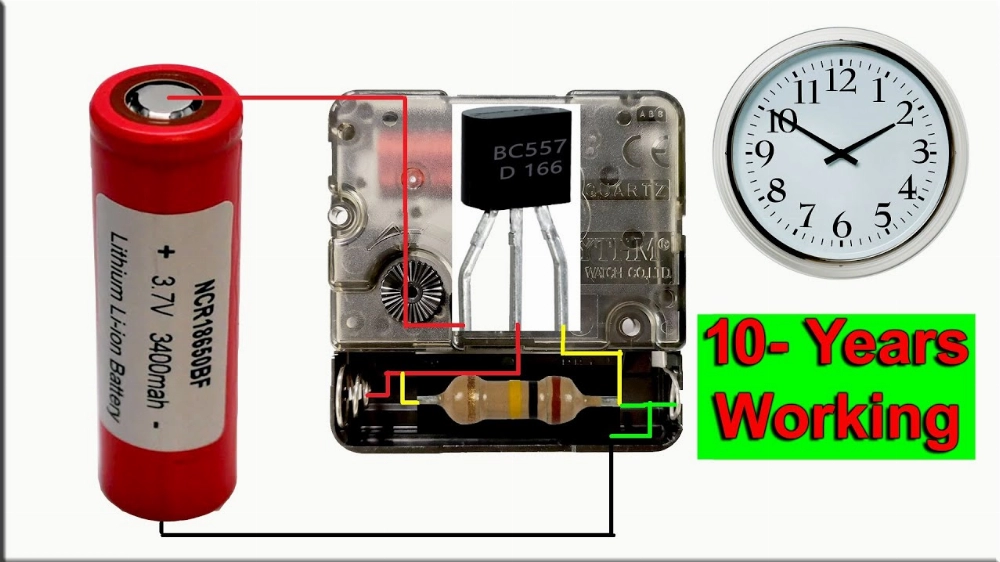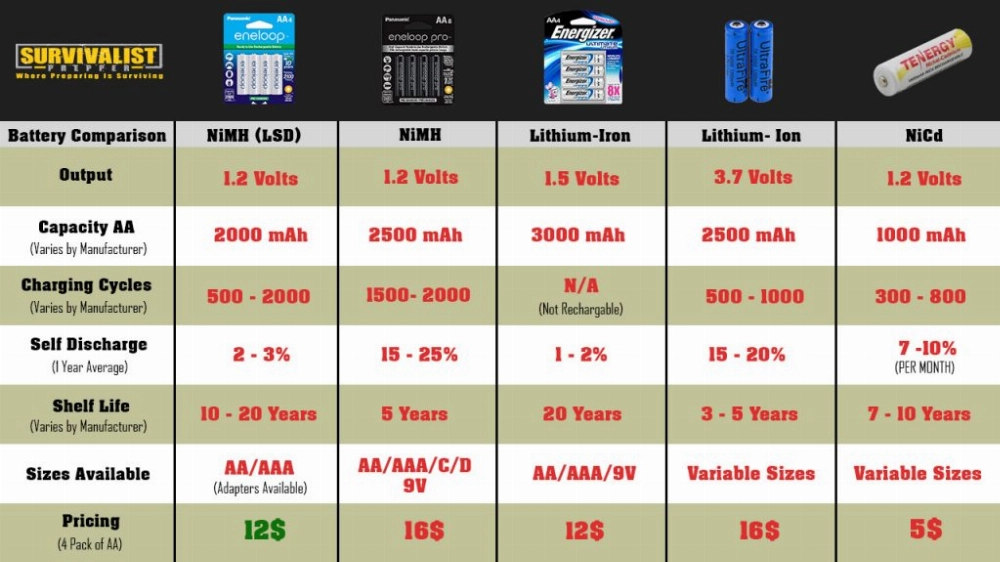The Difference Between 3.6V and 3.7V Lithium Batteries: What You Need to Know
Lithium batteries are commonly rated at voltages like 3.6V and 3.7V. Although they appear very similar, these voltage ratings have significant differences that can affect their performance in various applications. This article will explore the key differences between 3.6V and 3.7V lithium batteries, and the impact these differences have on devices that use these batteries.
What is the Nominal Voltage of a Lithium Battery?
Before diving into the specifics of 3.6V and 3.7V batteries, it’s important to understand what the nominal voltage of a lithium battery is. Voltage refers to the electrical potential difference between two points in a circuit. For lithium batteries, the nominal voltage refers to the average voltage that the battery provides during discharge.
Part 4: Difference Between 3.6V and 3.7V Lithium Batteries
Chemical Composition
The primary difference between 3.6V and 3.7V lithium batteries lies in the chemical composition of their positive electrode materials (cathode materials). The positive electrode plays a crucial role in battery performance by facilitating the movement of lithium ions during charge and discharge cycles.
3.6V lithium batteries commonly use Lithium Manganese Oxide (LiMn2O4) as their positive electrode material, while 3.7V batteries often rely on Lithium Cobalt Oxide (LiCoO2) for their positive electrode.
This difference in positive electrode material is a key factor that leads to variations in voltage ratings and overall performance.
Nominal Voltage
3.6V batteries refer to lithium-ion batteries with a rated nominal voltage of 3.6 volts, while 3.7V batteries typically have a nominal voltage of 3.7 volts. The nominal voltage represents the battery’s average voltage during discharge.
Performance
In practical applications, the nominal voltage difference between 3.6V and 3.7V is often minimal and may not significantly impact most devices. However, it can affect the battery’s compatibility with certain devices or chargers. Manufacturers typically design devices and chargers to operate within a specific voltage range. Therefore, using a battery with a slightly different nominal voltage may affect performance or compatibility.
Charging Considerations
When charging these batteries, it is essential to use a charger specifically designed for the battery’s nominal voltage to ensure safe and efficient charging. Overcharging or using an incompatible charger can damage the battery or pose safety hazards.
Application Characteristics
The choice between 3.6V and 3.7V batteries often depends on the specific requirements of the application. Factors such as voltage tolerance, battery capacity, size, and cost typically determine which type of battery is best suited for a given device.
Part 5: Frequently Asked Questions (FAQs)
Can I use a 3.7V battery instead of a 3.6V battery?
Yes, you can use a 3.7V battery instead of a 3.6V battery. The nominal voltage difference is small, and most devices designed for 3.6V batteries can handle the slightly higher voltage without any issues.
Can I use a 3.7V battery instead of a 3.0V battery?
It is not recommended to do so. Because the 3.7V battery has a higher nominal voltage than the 3.0V battery, using it could damage the device or cause it to malfunction.
What voltage should I charge a 3.6V battery to?
A 3.6V lithium-ion battery should be charged to its maximum voltage, which is typically around 4.2 volts.
Can I use a 3.7V battery instead of a 3.8V battery?
Generally, a 3.7V battery can be used in place of a 3.8V battery. The nominal voltage difference is small, and most devices designed for 3.8V batteries can accommodate the slightly lower voltage. However, it is always best to check your device specifications to ensure compatibility.
Related Tags:
- KHZH (Likely an internal project code)
- Battery Engineering
- Electronics
- Battery Compatibility
- Charging Safety
A Practical Guide to Using a Lithium-Ion Jump Starter
A lithium-ion jump starter is an essential tool for any automotive emergency. This guide provides you with everything you need to know about using it safely, maintaining it properly, and understanding why it’s a smart investment for your vehicle.
What is a Portable Battery Charger?
A portable battery charger is a device that allows you to keep your devices powered up on the go. In this guide, we’ll break down its definition, the materials it’s made of, and how it works, making it easy for anyone to understand.
How to Choose the Best Battery Pack for Your Needs: Capacity, Performance, and Other Considerations
Choosing the right battery pack is crucial for ensuring reliability and performance. This guide delves into capacity, safety considerations, and key factors to help you choose the power solution that best meets your needs.








